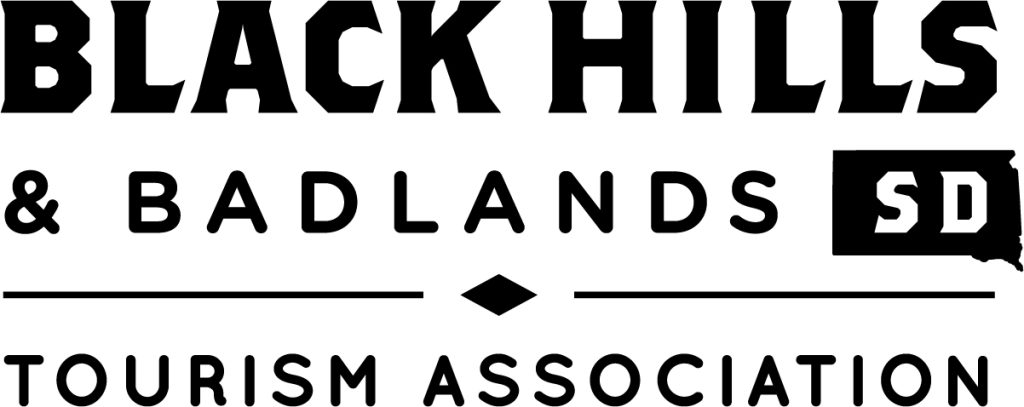Responsible Riding
Basically, two of the worst-case scenarios for ATV riders are
A) having an accident during a ride, or
B) seeing your favorite riding areas get shut down. The first one leaves you at best with bumps and bruises on your body and machine, while the other results in your beloved quad on the front lawn with a big For Sale sign on the handlebars.
Both are sorry situations and appear to be out of your control. Or are they?
Riding responsibly will dramatically decrease your chances of ever getting hurt or causing your favorite riding areas to close their gates. In many ways, responsible and ethical riders also have a higher quality riding experience knowing that other outdoor recreationalists are not bothered by your chosen activity.
OK, now that you’re convinced that this is the way to go, what does it mean to be a responsible rider? Isn’t it simply a matter of using common sense and common courtesy? Well, yes, a lot of it is, but while we’re having fun tooling along the trails there are many things we don’t necessarily notice that could endanger ourselves and others, wildlife and the environment, or just plain tick off other outdoor recreationalists. Responsible riding is three-fold. It means being responsible for:
- Your own safety
- The safety of other riders and trail users, and
- The environment
The Golden Rules of Safe Riding
- Always wear the appropriate safety gear. At minimum, this should include a helmet, shatter-resistant eye protection, long pants, long-sleeved shirt, and over-the-ankle boots.
- If you have never ridden before, take an approved training course. Call toll-free (800) 887-2887.
- Only carry passengers if your ATV is specifically designed to do so. Carrying passengers can alter the balance of the machine, causing a loss of control.
- Ride a machine that is the right size for you. Children riding adult-sized ATVs or dirt bikes are a recipe for disaster.
- Supervise riders younger than 16.
- Avoid riding on public roads and paved surfaces. Cars and OHVs don’t mix.
- Ride only on designated trails and at a safe speed.
- Never ride under the influence of alcohol or other drugs.
- Always ride in control. Ride within your abilities and your machine’s capabilities.
- Never attempt anything that is beyond your skill level.

TREAD Lightly!
The Golden Rules of Safe riding serve to protect yourself and other riders. However, when it comes to keeping trails and ride areas open, it’s the environment that needs protection. A common term and attitude in the outdoor recreation world is that of “tread lightly”. There is in fact an organization called TREAD Lightly! which serves to educate many outdoor recreation groups including ATV and dirt bike riders, 4×4 drivers, mountain bikers, boaters, snowmobilers, hikers, equestrians, and hunters. Their mission is to encourage recreationists to “tread lightly” in the outdoors, leaving as little evidence as possible that they were ever there. The reasons being are two-fold; to leave other outdoor recreationists and future generations with an unspoiled environment and to ensure that the great outdoors will continue to be accessible to a wide variety of users.
The Golden Rules of Safe Riding
- Protect your riding privilege by staying on the trail! Avoid riding in wet meadows or on stream banks. Avoid riding on steep or erodible slopes.
- Avoid riding over small trees and shrubs. Trampled vegetation not only looks bad, but also damages critical wildlife habitat and contributes to soil erosion.
- Ride in the middle of the trail to avoid widening it. Trail widening is unsightly and expensive to repair.
- Honor seasonal and permanent trail closures.
- Never harass wildlife or domestic animals that you may encounter while riding.
- Always view wildlife from a respectful distance.
- Never litter. Always carry out what you carry in. Carry a trash bag with you to pack out other people’s trash that you may come upon.
- Protect and respect cultural resources, such as old cabins, historic mining sites, fossil areas and traditional cultural properties. They are an important part of our heritage; leave them for others to enjoy.
- Keep your exhaust system quiet. Don’t buy loud aftermarket pipes and re-pack your muffler as needed Cross streams only at designated crossings. Try not to splash and spin your wheels excessively.
- When you come to a gate leave it as you found it.
Sharing the Trails
Many public trails that allow OHV use also cater to horseback riders and hikers on the same trails. Serious conflicts between user groups usually result with the “motorized” recreationists getting closed out the next time the land managers meet. How the non-motorized public views us is of utmost importance when it comes to land access issues. There are a couple ways we, as OHV riders can put our best foot forward and avoid user group conflicts.
- Always yield the right-of-way to non-motorized trail users.
- When encountering hikers or horses on the trail, pull over and shut off your engine. With horses, remove your helmet (horses are sometimes startled by them) and let them pass out of sight before restarting.
- Whenever you’re riding near a parking or camping area keep your speed way down. Don’t kick up dust or make a lot of noise with your engine.
- Always yield to any users (motorized included) who are traveling uphill.
- Give everyone you meet a wave and a smile- it’s worth a million bucks in good will (and it also happens to feel great!).



